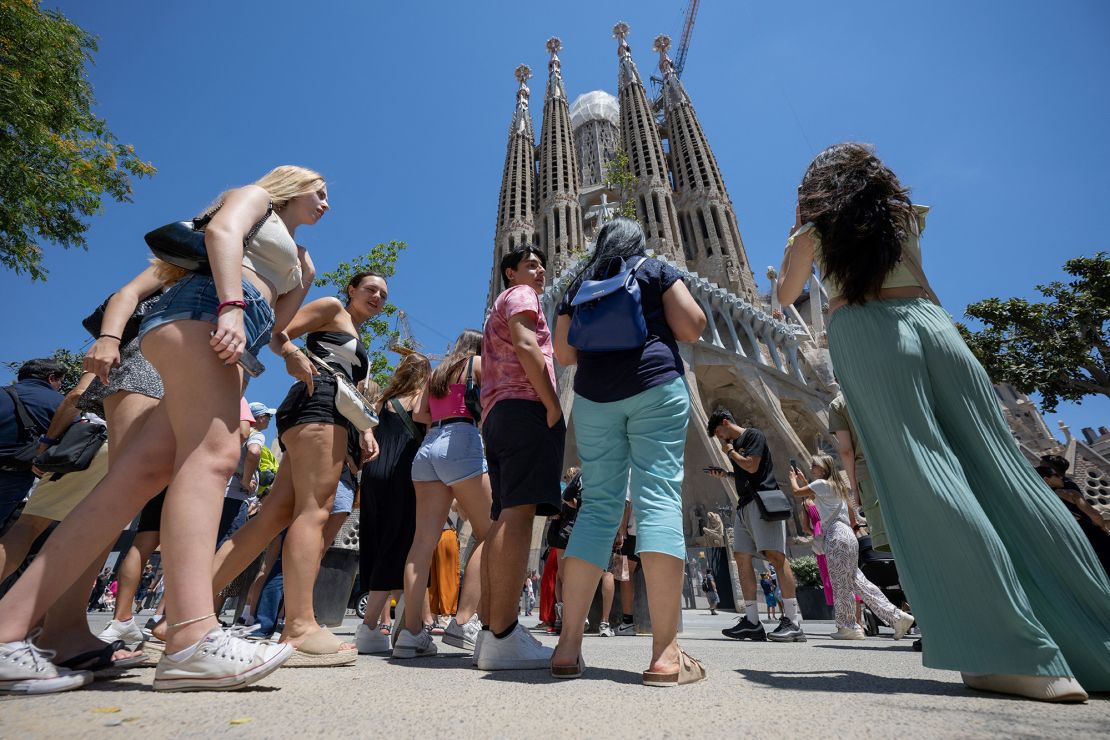U.S. Tourists Become Key to Spain’s Sustainable Tourism Strategy

In a strategic pivot, Spain is increasingly relying on U.S. travelers to support its shift toward sustainable tourism. Spanish tourism authorities are promoting high-value cultural, historical, and gastronomic tourism — especially in cities like Barcelona, Seville, and regions like the Balearic Islands.
The rationale is that U.S. visitors tend to spend more per trip, stay longer, and often seek off-the-beaten-path experiences, aligning better with Spain’s goals of reducing overtourism in overcrowded hotspots. The strategy encourages tourists to explore lesser-known regions beyond the typical coastal or Mediterranean circuits.
Marketing campaigns abroad have already begun adjusting messaging: moving from sun, sea, and sangria to heritage, festivals, food, and nature. The aim is to appeal to discerning travelers who prioritize authenticity over mass appeal.
Spain hopes this will relieve pressure on saturated destinations while maintaining economic benefit. By attracting tourists with deeper engagement and travel in off-peak periods, destinations can better manage visitor flow and infrastructure load.
Some industry players have noted the risk of overreliance on U.S. markets, but most agree the shift is timely given evolving traveler preferences and Europe’s competitive landscape.
If executed well, this repositioning could help Spain achieve its dual goals: preserving local communities and natural assets while still being a globally prominent tourism destination.














